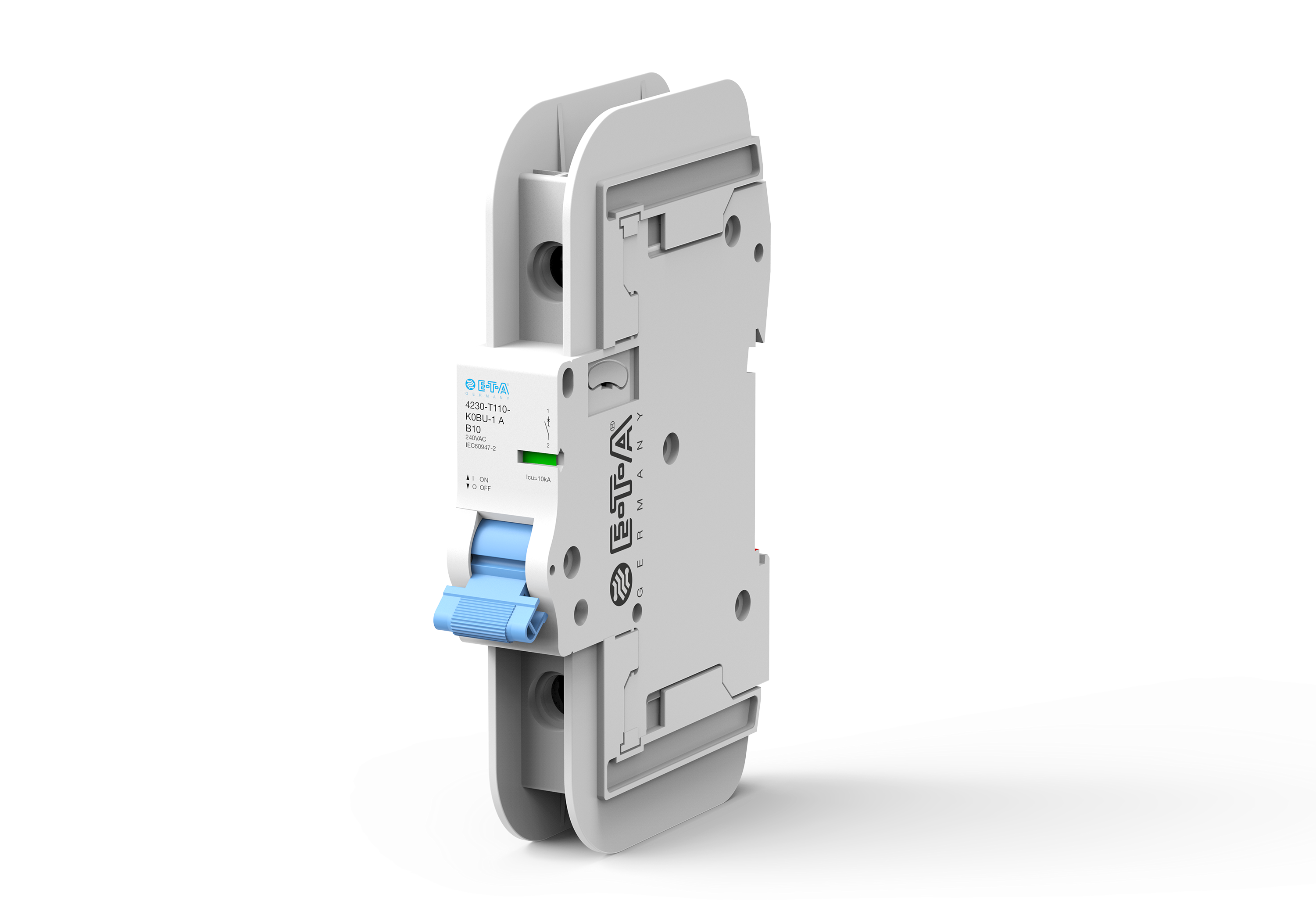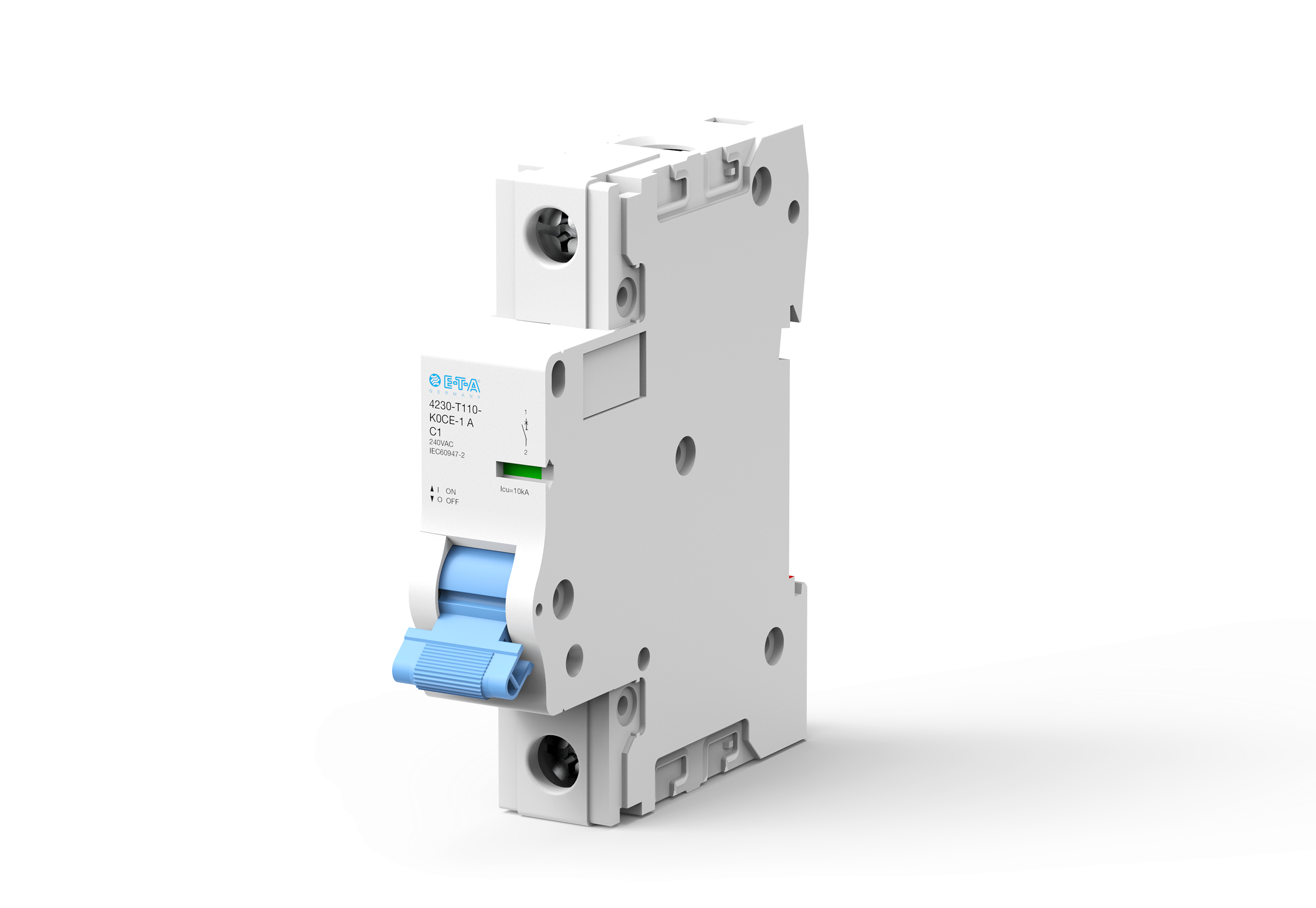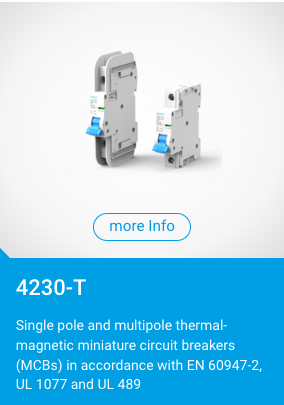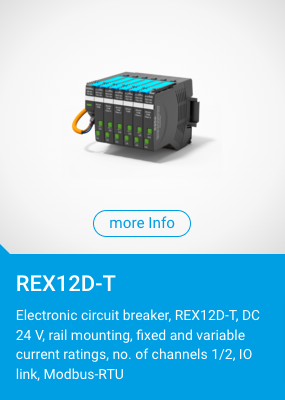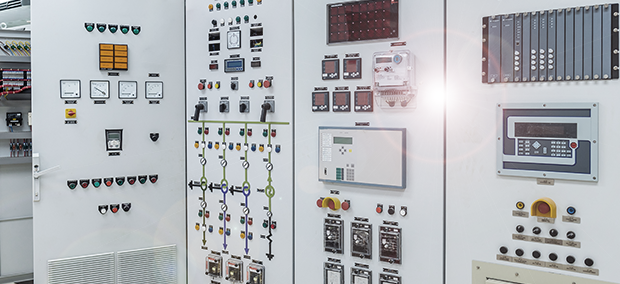
Differences and Similarities Between K Curve and D Curve Breakers
A Comparison of Thermal and Magnetic Tripping Characteristics
A Miniature Circuit Breaker (MCB) is a resettable protective device that prevents electrical circuits from catching fire and causing damage to personnel and property. It is a device designed to isolate a circuit during an overcurrent event without using a fusible element.
There are two types of overcurrent events; a thermal overload and a short circuit.
There are two types of overcurrent events; a thermal overload and a short circuit.
- Thermal Overload: A thermal overload is a slow and small overcurrent situation that causes the ampacity and temperature of the circuit to gradually increase. This type of event is characterized by a slight increase in the load (ampacity) on the circuit and is interrupted by the thermal trip unit of the breaker.
- Short Circuit: A short circuit is an intense overcurrent situation that causes the ampacity of the circuit to increase. This type of event is characterized by a dramatic increase in the load (ampacity) on the circuit and is interrupted by the magnetic trip unit of the breaker.
Components of a Trip Curve

Examples of Trip Curve Interpretation - Reading Trip Curves
Example 1: Thermal Tripping Characteristic
- 10A B Curve Breaker
- Thermal Overload at 20A
- Find 20A on the bottom of the curve - 20A breaker @ 2X current is 20A
- Follow the ampacity line up to the "time" tripping region of the curve

Example 2: Magnetic Tripping Characteristic
- 10A B Curve Breaker
- Short Circuit at 70A
- Find 70A on the bottom of the curve - 10A breaker @ 7X current is 70A
- Notice the "time" at the bottom left corner of the chart axis

Common MCB Trip Curves

B Curve Breakers:
Trip between 3-5 times rated current in a short circuit situation. B curve MCBs should be applied where loads are resistive and do not have in-rush current. The ideal application is lighting or electronic circuits.

C Curve Breakers:
Trip between 6-10 times rated current in a short circuit situation. C curve MCBs should be applied where the loads have a small amount of in-rush current on start-up. The ideal application is a circuit with a small transformer load.

D Curve Breakers:
Trip between 10-15 times rated current. D curve MCBs should be applied where loads have a high level of in-rush current on start-up. The ideal application is a circuit with a motor load.
K Curve MCBs –vs- D Curve MCBs
The K and D curve breakers are both designed for motor applications where ampacity rises quickly and momentarily during “start-up.” Both curves can “ride through” the momentary inrush of current and prevent nuisance tripping while providing protection to the circuit.
The K and D curve MCB have almost identical tripping characteristics. The magnetic element tripping characteristics are identical between the two curves and the thermal element tripping characteristics have a slight variation.
The K and D curve MCB have almost identical tripping characteristics. The magnetic element tripping characteristics are identical between the two curves and the thermal element tripping characteristics have a slight variation.
E-T-A D Curve Thermal Tripping Characteristics vs. K Curve Thermal Tripping Characteristics

Example:
Let's now compare this to a 10A K Curve Breaker with a Thermal Overload at 20A
The K Curve Breaker will trip under a thermal overload between 6 and 350 seconds. The breaker is guaranteed to not trip before 6 seconds and will not take longer than 350 seconds to trip. The breaker may trip at any time between 6 and 350 seconds.
- 10A D Curve Breaker
- Thermal Overload at 20A
- Find 20A on the bottom of the curve - 10A breaker @ 2X current is 20A
- Follow the ampacity line up to the "time" tripping region of the curve
Let's now compare this to a 10A K Curve Breaker with a Thermal Overload at 20A
The K Curve Breaker will trip under a thermal overload between 6 and 350 seconds. The breaker is guaranteed to not trip before 6 seconds and will not take longer than 350 seconds to trip. The breaker may trip at any time between 6 and 350 seconds.
E-T-A D Curve Magnetic Tripping Characteristics vs. K Curve Magnetic Tripping Characteristics

Example:
- 10A K Curve Breaker and 10A D Curve Breaker
- Short Circuit at 100A
K and D Curve Analysis
- Magnetic Element: The magnetic element of the K curve and D curve MCBs are identical. Both breakers interrupt a short circuit at 10X the rated current (or greater) in no later than .01 seconds.
- Thermal Element Minimum Tripping: The D curve MCB will interrupt an overload at 2X rated current in 10 seconds or greater. The K curve MCB will interrupt an overload at 2X rated current in 6 seconds or greater. The D curve is delayed by 4 seconds when compared to the K curve. The additional 4 seconds allows a circuit more time to “ride through” high in-rush at start-up and prevent nuisance tripping.
- Thermal Element Bandwidth: The K curve tripping bandwidth at 2X rated current is between 6 and 350 seconds. The D curve tripping bandwidth at 2X rated current is between 10 and 100 seconds. The differences between the bandwidths demonstrate calibration and quality control accuracy. The D curve breaker from E-T-A has a much smaller tolerance bandwidth and requires a higher level of adjustment during manufacturing and quality control validation.
Featured Products
Want more information on E-T-A's 4230-T?
Complete the form below and an E-T-A representative will contact you shortly.